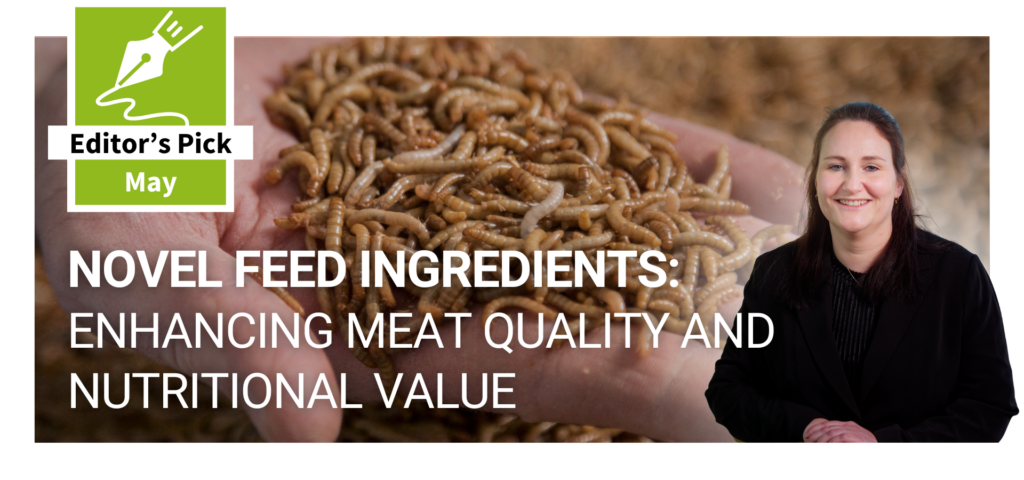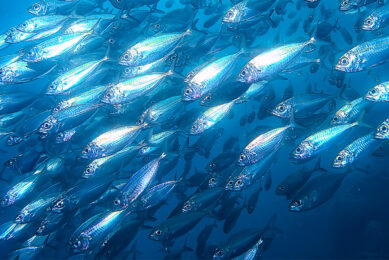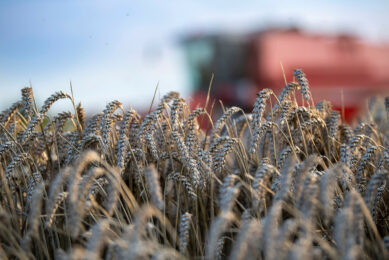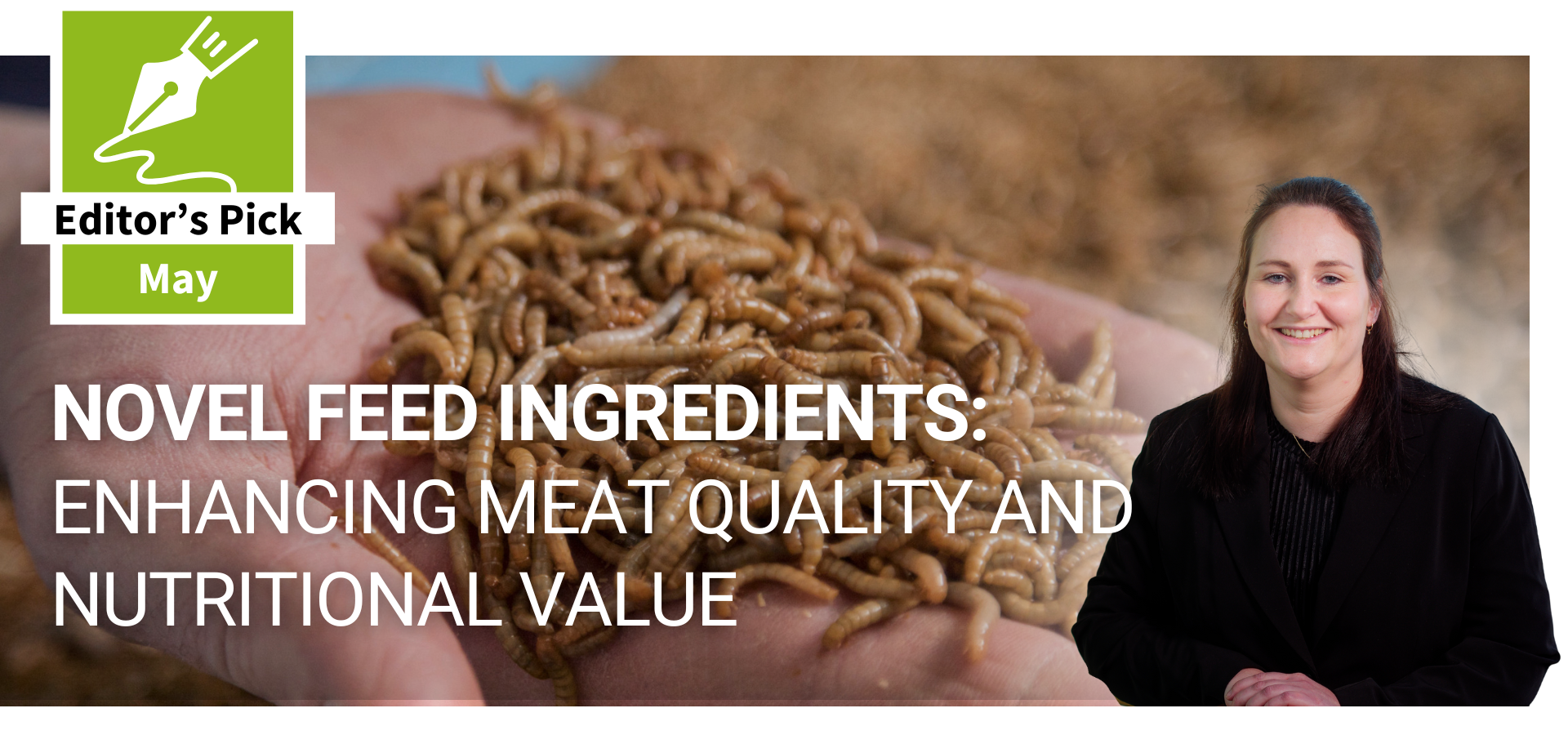Russian feed industry navigates troubled waters
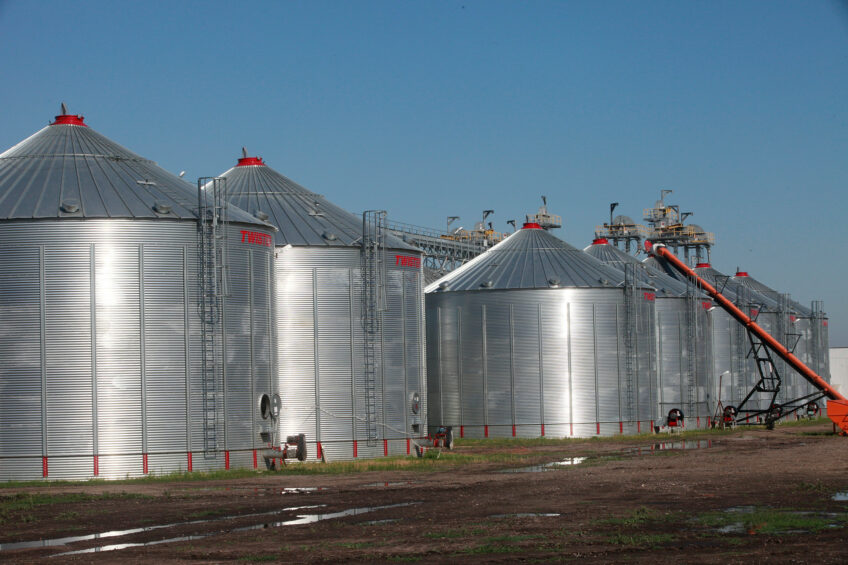
The Russian feed industry shows resilience and adaptability in the face of sweeping Western sanctions imposed over the Ukrainian conflict. Ample budget injections into the national economy and the readiness of Chinese firms to plug the gaps are the 2 key pillars that saved the industry from collapse. The future, however, offers more questions than answers.
Last year, Russia officially became the most sanctioned country in the world, being subject to more than 20,000 restrictions. The restrictions virtually halted trade with the European Union. At the onset of the crisis, it seemed that a lack of European technologies and spare parts could wreak havoc on the Russian feed mills. The existing capacities still largely run on European equipment that requires routine repair and maintenance. However, these fears have not eventually materialised.
“There are currently no problems with maintenance and spare parts on the Russian feed mills,” commented Sergey Mikhnyuk, executive director of the Russian National Feed Union. He explained that the Russian industry has accumulated “retrospective competence,” meaning that they managed to study foreign technologies used at the Russian feed mills and come up with their solutions.
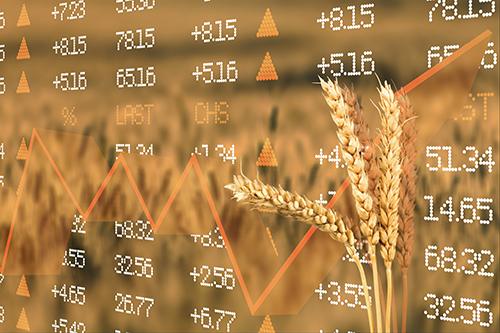
Technical revolution
Valery Afanasiev, president of the Russian Union of Feed Manufacturers, echoed these claims, emphasising that the Russian feed industry has largely averted the worst-case scenario thanks to the ‘technical revolution’ in Russian feed machinery over the past few decades.
In the early 2000s, Russian reliance on foreign technology providers was nearly complete, as the share of foreign equipment in the feed mills launched at that time was close to 25%. The technologies were primarily imported from the European Union. However, the tables have turned, and in recent years, Afanasiev estimated that 75% of equipment in feed mills is of Russian origin.
The technical transition is associated with a tectonic switch the Russian feed industry has experienced in the last few years. Two decades ago, independent mills manufactured around 70% of feed in the country, while the share of vertically integrated agricultural holdings was only 18%. Now, the balance of forces is distributed the other way around, with agricultural holdings controlling over 73% of feed production in Russia, while the share of independent mills ranges between 12% and 15%, Afanasiev calculated.
Industry consolidation is an important factor that has added resilience to the Russian feed industry during crisis times. Russian food giants have huge resources and strong international ties, making them less vulnerable to the kind of turbulence that has hit the industry in recent years.
Lack of alternatives
However, it would be wrong to say that the technical issue is not pressing for the Russian feed industry at all. A study published by the Institute of Economic Forecasting of the Russian Academy of Sciences in September 2024 showed that the Russian economy keeps experiencing huge challenges, lacking access to Western technologies.
Nearly 53% of companies surveyed by the scientists admitted they still failed to find a replacement for Western equipment. This figure is slightly lower than in the first half of 2022 when 62% of those surveyed voiced fears over an absence of viable alternatives to imports from the West. Moreover, nearly a third of Russian firms reported they failed to find any replacement at all, both in Russia and the market of friendly countries.
Remarkably, the study discovered that the import-replacement comes at a certain cost. Half of the survey participants complained that the lack of Western technologies eventually made their products more expensive.
Shoeing fleas
Afanasiev acknowledges that there are still some segments where the gap is yet to be filled. For instance, there is a shortage of equipment in some specific segments, like fish feed. However, he remains confident that local firms will overcome these challenges in due course.
In addition, there is believed to be a shortage in the segment of large-capacity equipment for feed mills with an output between 50 and 80 tonnes per hour. Occasional reports indicate that Russian suppliers lack product offerings in this niche. In some cases, Russian engineers must show creativity to keep the operations running smoothly. “As for spare parts and consumables, I can say that if for some reason it is impossible to use original or manufacturer-recommended solutions, Russian ingenuity comes into play,” Mikhnyuk said. Technical creativity such as this is the strong side of Russians, local players believe.
“We were shoeing fleas back in the 19th century,” Mikhnyuk claimed, referring to a famous story in the Russian folklore about the master craftsman Lefty, who literally shooed a tiny steel flea made by English craftsmen. As such, he demonstrated the technological superiority of Russian gunsmiths.
Feed production on the rise
In 2025, Russia feed production is expected to exceed 40 million tonnes, the Russian Union of Feed Manufacturers forecasted. In 2023, the output climbed by 800,000 tonnes to 35 million tonnes, the organisaton said. In particular, poultry feed production is expected to reach 22 million tonnes in 2025, up from 16.5 million tonnes in 2023. Cattle feed production is due to reach 3.8 million tonnes, up from 3 million tonnes in 2023. On the other hand, the union expected pig feed production to drop to 13.7 million tonnes from 15.2 million tonnes.
Feed production rise due to dairy consumption
The key driver of the growing feed production was soaring milk and dairy consumption in Russia. For example, Russian per capita meat consumption reached 80 kg in 2023, and expected to jump to 83 kg in 2024, Sergey Yushin, executive director of the Russian National Meat Union said.
Increased purchasing power
Record-breaking food consumption, in turn, is linked to the surge in the Russian population’s purchasing power. The persisting labour shortage and the high wages of Russian servicemen are believed to be the key factors driving wages up in recent years. “Quite high payments to volunteers automatically set a benchmark for the labour market,” analysts at the Center for Macroeconomic Analysis and Short-Term Forecasting, a Moscow-based think tank, explained.
However, this trend has been largely supported by large payments from the Russian budget, including the Sovereign Wealth Fund, a national rainy-day reserve. Some local analysts express doubts that the budget will be able to maintain such a pace of expedites beyond 2025.
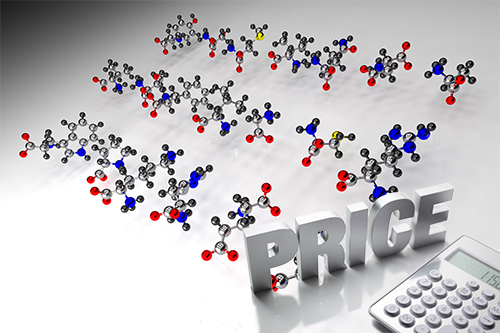
Chinese monopoly on the feed additive market
Another segment in which sanctions seemingly had the power to disrupt the Russian feed industry’s operation was the feed additive segment.
As estimated by Afanasiev, before the sanctions dramatically changed the trade flows, feed additive imports primarily came from the European Union. Now, the EU countries have a share of only 12% to 13% of the market. Nearly 80% of all deliveries come from China. Mikhnyuk said the transition was relatively painless for the Russian feed industry, though feed additives delivery from China is associated with higher logistics costs. He recalled that even before the sanctions narrowed the deliveries from Europe, some European manufacturers exported additives from their production sites in China, citing purely economic rationale.
Market players have repeatedly indicated that tight dependence on one supplier bears huge risks for the Russian feed industry. In recent months, these fears have started to take a new shape as Russian importers face rising challenges in making payments to China, where banks grow increasingly reluctant to deal with Russian clients over fears of secondary US sanctions.
So far, the exports have kept flowing, but complaints about supply disruptions have been growing louder. Given this background, some companies even reportedly consider switching to barter trade or paying for the delivered goods in cryptocurrency.
Import-replacement prospects look vague
The Russian government has recently subjected feed additive production to state aid, meaning that investors can count on partial reimbursement of capital costs and soft loans with subsidised interest rates. However, industry officials are not confident that independence on feed additives is possible.
“The total need for feed additives in our country is 31,000 to 33,000 tonnes, but we need individual vitamins, such as B2, B7, A100 and a number of others, in tiny quantities – say, 300 tons per year. It is unprofitable to create such production using private capital,” Afanasiev said, adding that projects in this field will face multiple hurdles. “Firstly, over the past decades, we have lost entire strains that need to be developed anew. Secondly, we need to create technology and special equipment, which our country does not have. And the third most painful issue is personnel,” Afanasiev said.
During Soviet times 7 vitamin factories were operational in the country, but those days are long gone, and Russia needs to revive the industry from scratch. “In addition, investors are held back by the long payback period of such projects and expensive loans,” Afanasiev said.
Nevertheless, Russia will certainty replace imports of the entire range of amino acids by 2030, Afanasiev said. The country also achieved substantial progress on lysine, the demand on which local firms meet by 75%.
Mikhyuk agreed that any projects in the feed additive industry should be repeatedly scrutinised and reconsidered under various scenarios.



